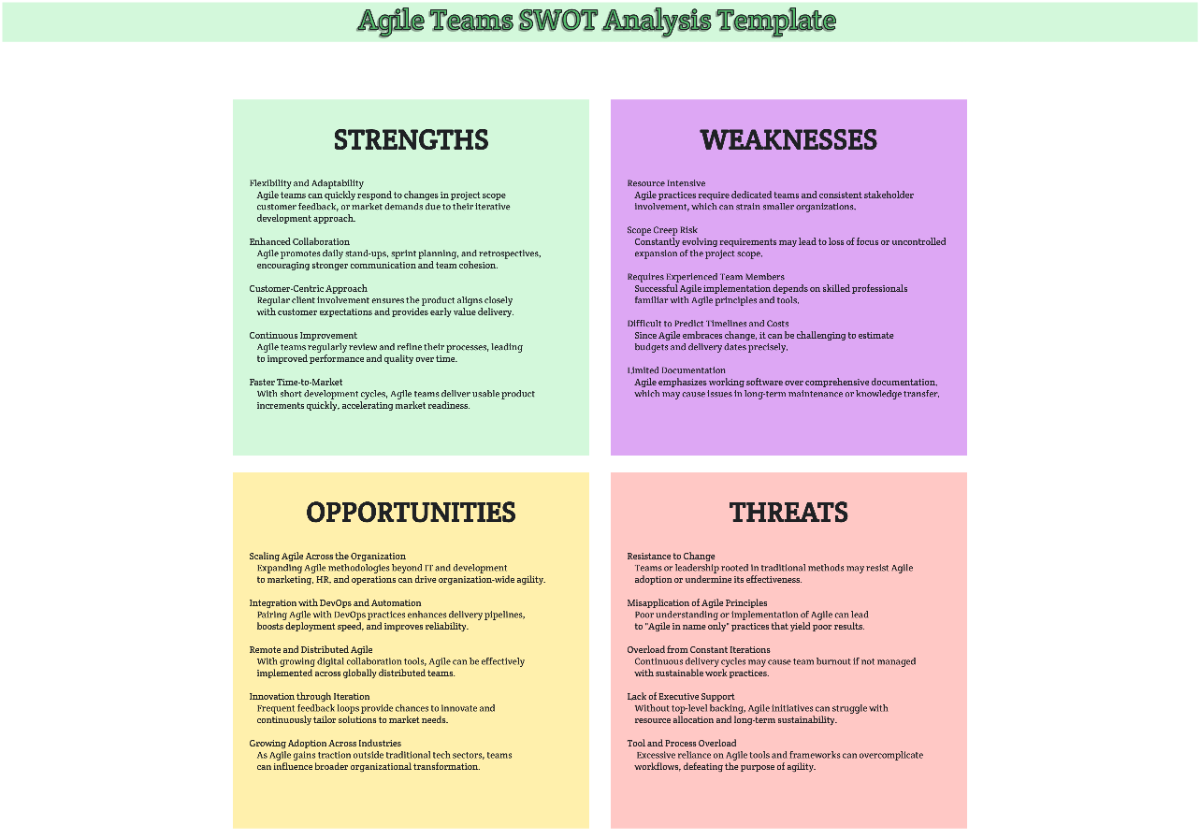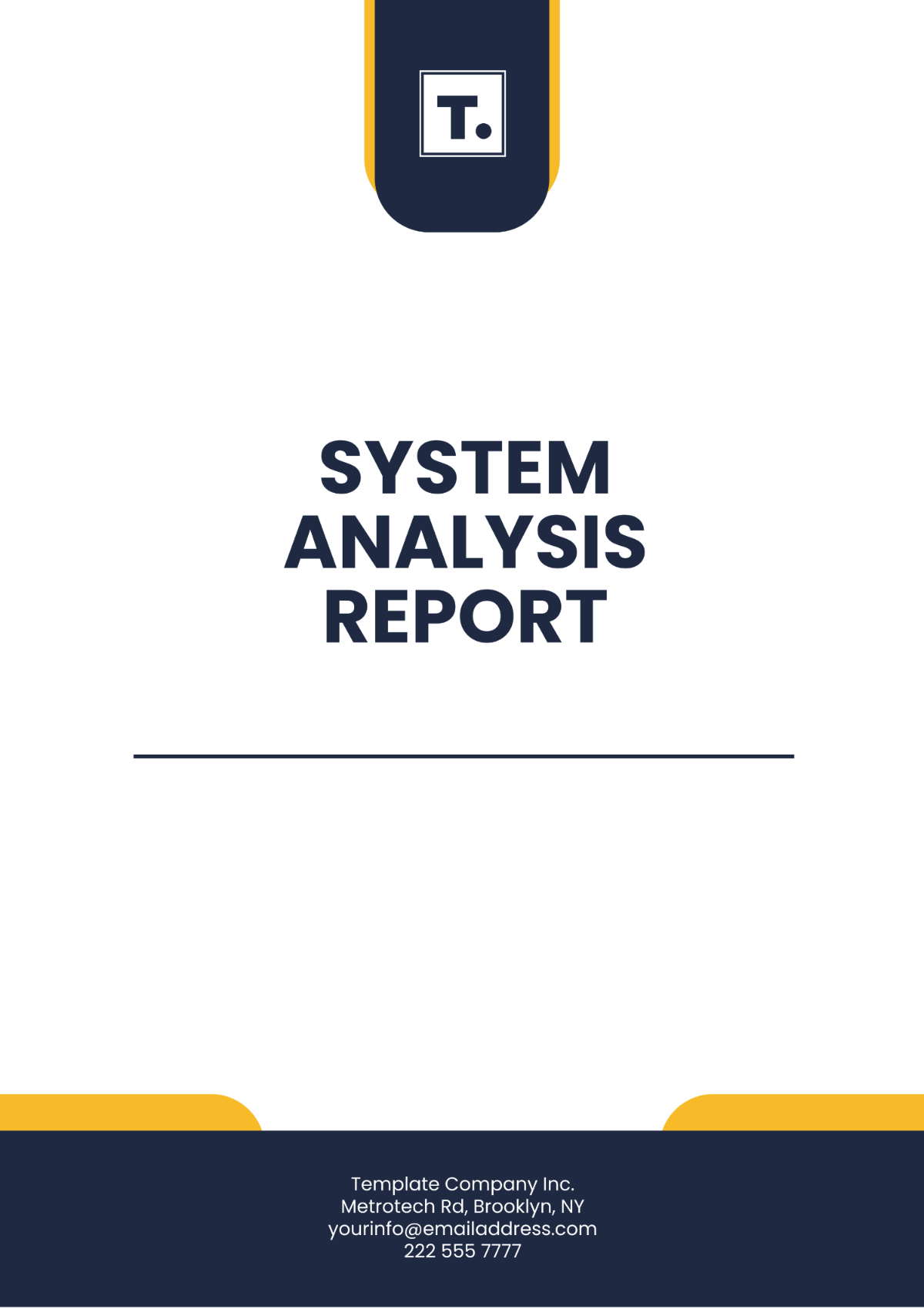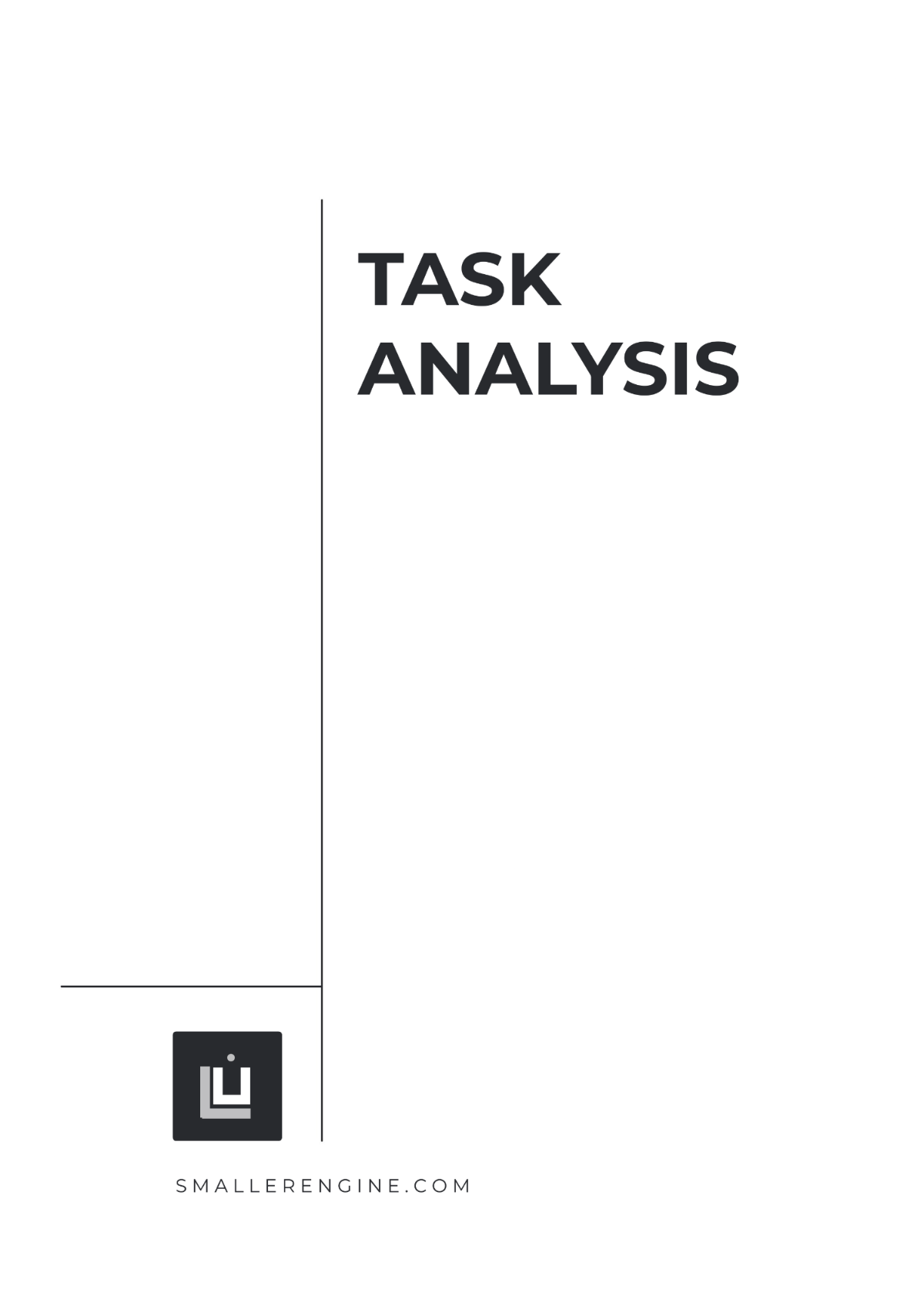CONTENT CODING ANALYSIS
Prepared By: [Your Name]
Date: [Date]
I. Introduction
The study of content coding involves categorizing and interpreting textual or multimedia content using predefined criteria. This analysis can be applied in various fields such as marketing, psychology, sociology, and more. Effective content coding helps in extracting meaningful insights and understanding underlying patterns in data.
II. Methodology
Data Collection
The first step in content coding analysis is data collection. Data can be gathered from various sources, such as:
Surveys
Interviews
Social media platforms
Academic articles
News outlets
Coding Framework
Developing a coding framework is essential for consistent and objective analysis. The framework includes coding categories and subcategories, which can be predefined or emergent from the data. Typically, coding frameworks are created through:
Literature review
Expert consultation
Pilot coding sessions
III. Analysis Process
Step 1: Familiarization
The analysts immerse themselves in the data to understand its content fully. This involves reading through the text multiple times and noting down preliminary ideas or patterns.
Step 2: Initial Coding
In this step, the data is segmented into meaningful units and coded according to the predefined framework. Analysts often use software tools like NVivo, Atlas.ti, or manual methods such as spreadsheets for this purpose.
Step 3: Reviewing Codes
Codes are reviewed for consistency and accuracy. This may involve merging similar codes, redefining categories, or addressing discrepancies among analysts by consensus.
Step 4: Theme Development
The codes are grouped into larger themes that represent significant patterns or trends in the data. Themes are identified through:
Code co-occurrence
Inter-coder agreement
Theoretical frameworks
IV. Results
The results section presents the findings of the content coding analysis. This can be done through both narrative descriptions and tabular presentations.
Thematic Findings
Theme | Description | Example Codes |
|---|---|---|
Customer Satisfaction | Measures the content relating to customer perceptions and experiences. | Positive Feedback, Negative Feedback, and suggestions |
Product Quality | Evaluates content focused on the attributes and performance of the product. | Durability, Performance, and Design |
Brand Engagement | Assesses how actively customers engage with the brand. | Social Media Mentions, Reviews, and Involvement |
Quantitative Analysis
Content coding can also provide quantitative measures through frequency counts and co-occurrence metrics. An example table might look as follows:
Code | Frequency | Co-occurrences |
|---|---|---|
Positive Feedback | 45 | Durability (15), Performance (10) |
Negative Feedback | 30 | Design (20), Performance (5) |
Suggestions | 25 | Product Features (10), Customer Service (5) |
V. Discussion
This section interprets the results, discussing their implications and how they align with or differ from existing theories or previous studies. Key points for discussion may include:
The relationship between customer satisfaction and product quality.
The impact of brand engagement on customer loyalty.
Strategies for addressing common negative feedback.
VI. Conclusion
In conclusion, content coding analysis provides a structured approach to understanding complex textual data. By systematically categorizing and interpreting content, analysts can uncover valuable insights that inform decision-making. Future research should consider integrating mixed-method approaches and expanding data sources for a more comprehensive analysis.

















































